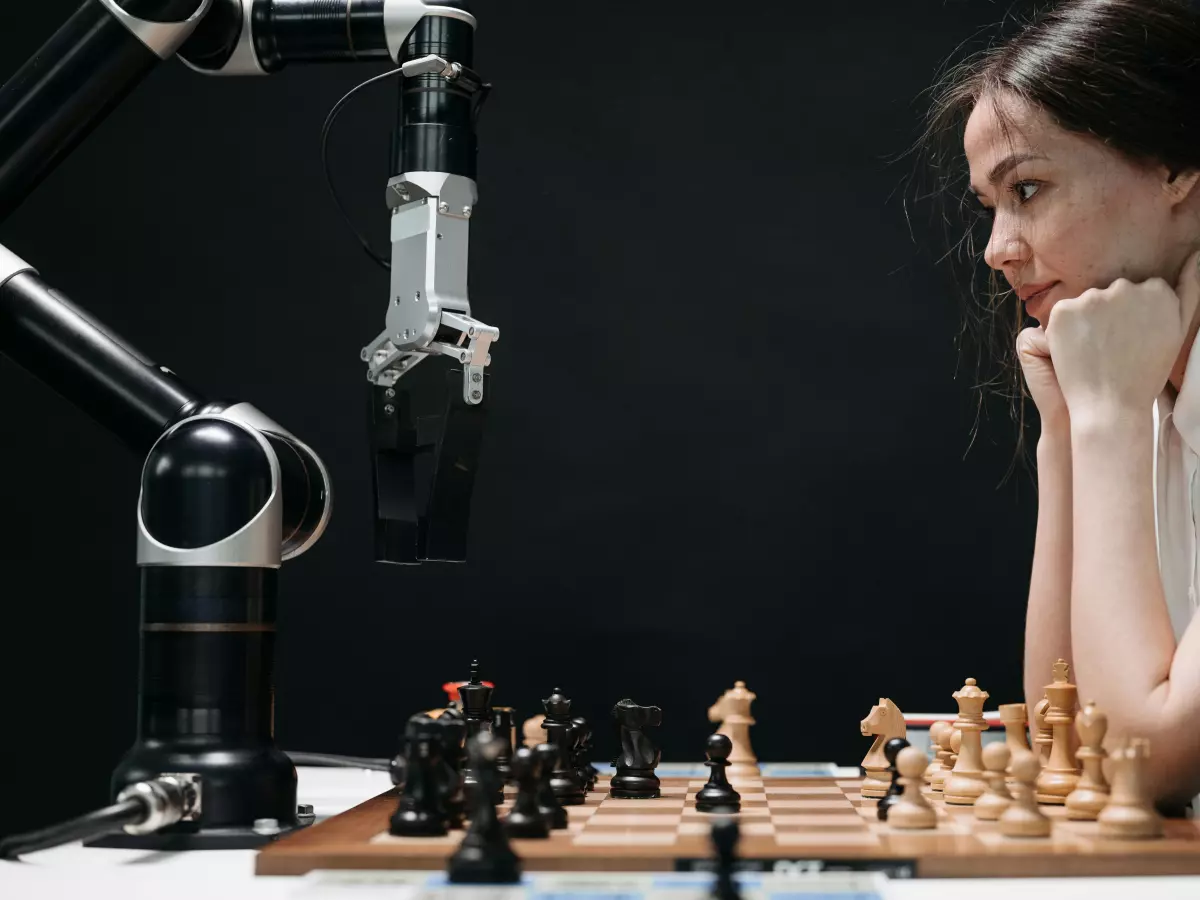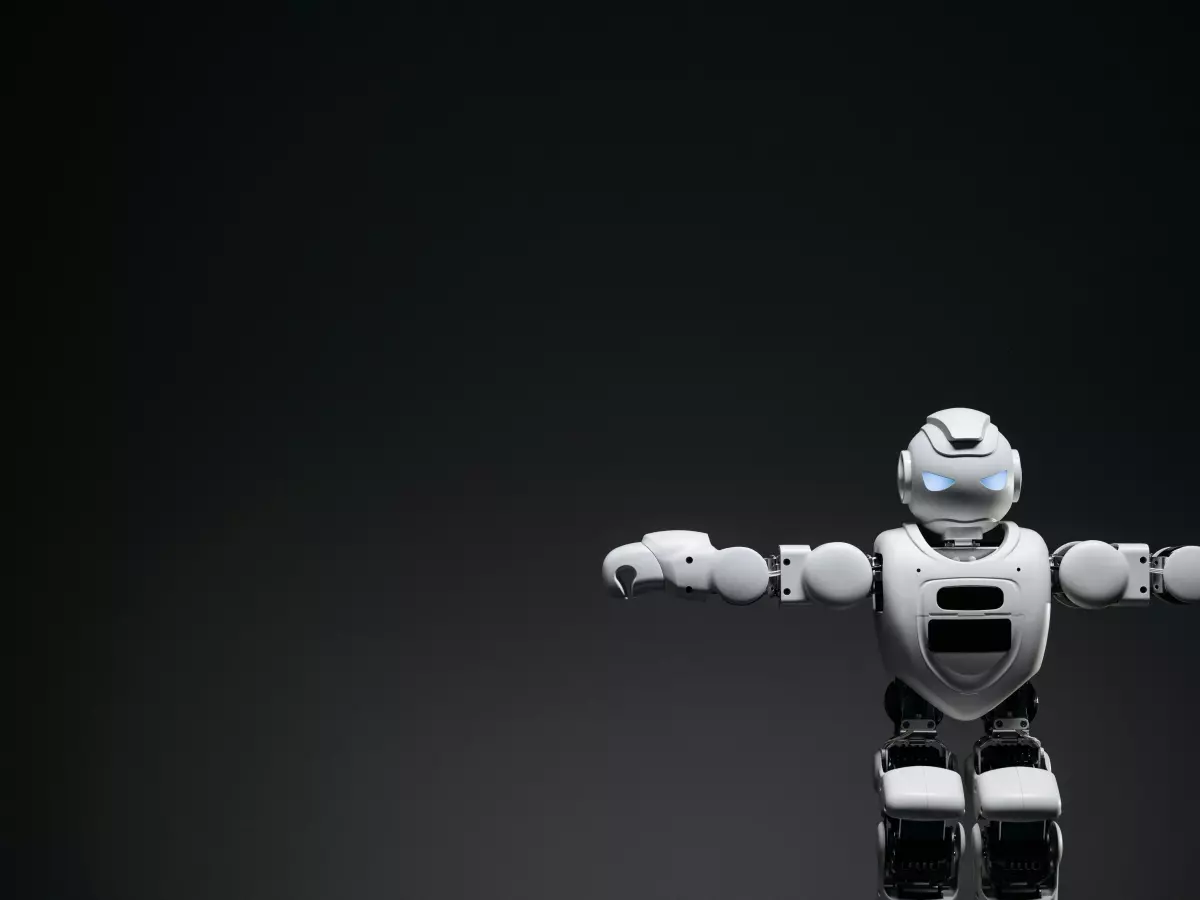Elbow Mechanics
Ever wondered how humanoid robots achieve realistic elbow movements? It's all about the intricate balance between joint design, sensor integration, and motion control algorithms.

By Marcus Liu
When you think about humanoid robots, you probably picture them walking, talking, or maybe even waving at you. But have you ever stopped to consider how they bend their elbows? It’s a seemingly simple action for us humans, but for a robot, it’s a whole different ball game. The elbow joint is a crucial part of the humanoid robot's arm, and getting it to move naturally is no easy feat. It requires a combination of precise joint design, advanced sensors, and sophisticated motion control algorithms.
Let’s break it down. The elbow joint in a humanoid robot is designed to mimic the human elbow, which is a hinge joint. But unlike our elbows, which are controlled by muscles and tendons, a robot’s elbow is powered by actuators. These actuators need to be strong enough to lift the arm but also precise enough to allow for smooth, controlled movements. And that’s just the beginning.
Joint Design: The Foundation of Realistic Movement
First things first: the joint design. The elbow joint in a humanoid robot is typically a hinge joint, just like in humans. However, the materials and mechanisms used to create this joint are vastly different. In humans, the elbow is controlled by muscles, tendons, and ligaments, which allow for a wide range of motion and flexibility. In robots, the elbow is controlled by actuators, which are essentially motors that move the joint.
One of the biggest challenges in designing a humanoid robot’s elbow joint is finding the right balance between strength and flexibility. The joint needs to be strong enough to support the weight of the arm and any objects the robot might be holding, but it also needs to be flexible enough to allow for smooth, natural movements. This is where the choice of materials comes into play. Engineers often use lightweight, durable materials like carbon fiber or titanium to create the joint, which helps to reduce the overall weight of the arm while still providing the necessary strength.
Another key factor in joint design is the range of motion. The human elbow can bend up to 150 degrees, and engineers strive to replicate this in humanoid robots. However, achieving this range of motion while maintaining stability and control is no easy task. It requires precise engineering and careful consideration of the joint’s mechanics.
Sensor Integration: The Key to Precision
Now, let’s talk about sensors. In order for a humanoid robot to move its elbow in a realistic way, it needs to know exactly where its arm is in space. This is where sensors come in. Sensors are integrated into the elbow joint to provide real-time feedback on the position, speed, and force of the joint’s movements.
There are several types of sensors that can be used in a humanoid robot’s elbow joint. One common type is a position sensor, which tells the robot exactly how much the joint is bent at any given moment. Another important sensor is the force sensor, which measures the amount of force being applied to the joint. This is crucial for tasks that require the robot to lift or hold objects, as it allows the robot to adjust its movements based on the weight and size of the object.
But it’s not just about knowing where the elbow is—it’s also about controlling how it moves. This is where motion control algorithms come into play.
Motion Control Algorithms: The Brain Behind the Movement
Motion control algorithms are the software that tells the robot how to move its elbow. These algorithms take the data from the sensors and use it to calculate the optimal movements for the joint. For example, if the robot is reaching for an object, the motion control algorithm will calculate the best way to bend the elbow in order to reach the object smoothly and efficiently.
One of the biggest challenges in developing motion control algorithms for humanoid robots is achieving smooth, natural movements. In humans, our muscles and tendons work together to create fluid, coordinated movements. In robots, this coordination is achieved through a combination of sensors and algorithms. The motion control algorithm needs to take into account not only the position and speed of the elbow joint but also the movements of the shoulder, wrist, and hand. This requires complex calculations and real-time adjustments to ensure that the robot’s movements are smooth and natural.
Another important factor in motion control is stability. The elbow joint needs to be stable enough to support the weight of the arm and any objects the robot is holding, but it also needs to be flexible enough to allow for smooth, natural movements. This is where advanced control algorithms come into play. These algorithms use feedback from the sensors to adjust the joint’s movements in real time, ensuring that the robot’s elbow moves smoothly and efficiently.
Challenges and Future Developments
Despite the advances in joint design, sensor integration, and motion control algorithms, there are still several challenges that engineers face when it comes to humanoid robot elbow movements. One of the biggest challenges is achieving the same level of dexterity and precision as the human elbow. While robots can replicate many of the basic movements of the human elbow, they still struggle with more complex tasks that require fine motor control.
Another challenge is energy efficiency. Moving a robot’s elbow requires a significant amount of energy, especially if the robot is performing tasks that require a lot of strength or precision. Engineers are constantly working on ways to make humanoid robots more energy-efficient, which will be crucial for the development of robots that can perform tasks for extended periods of time without needing to recharge.
Looking to the future, there is a lot of exciting research being done in the field of humanoid robot elbow movements. One area of research is the development of new materials and actuators that can provide even greater strength and flexibility. Another area of research is the use of artificial intelligence (AI) to improve the robot’s ability to learn and adapt to new tasks. With these advancements, we can expect to see even more realistic and capable humanoid robots in the years to come.
Conclusion: The Future of Elbow Movements in Humanoid Robots
So, what’s the takeaway here? Humanoid robots are getting closer and closer to replicating the natural movements of the human elbow, thanks to advances in joint design, sensor integration, and motion control algorithms. But there’s still a long way to go. As engineers continue to push the boundaries of what’s possible, we can expect to see even more realistic and capable robots in the future. Who knows—maybe one day, your robot assistant will be able to bend its elbow just as smoothly as you can!





